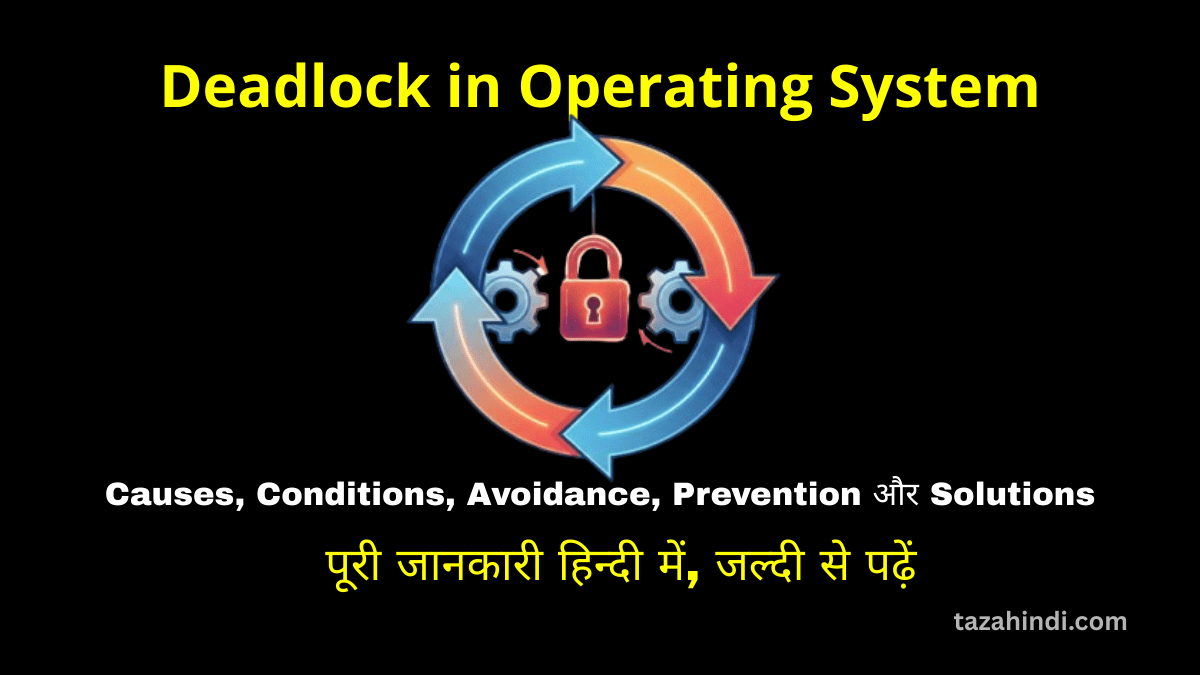In the dynamic world of web hosting, cPanel stands as a cornerstone for website management. This comprehensive guide aims to demystify cPanel for beginners, providing a thorough exploration of its features, popularity, hosting types, usage guidelines, and the pros and cons associated. Whether you’re venturing into website administration or seeking to deepen your understanding, this article serves as your go-to resource on the multifaceted world of cPanel.
What is cPanel?
cPanel, short for control panel, is a web-based graphical interface that simplifies the management of websites and servers. It facilitates a user-friendly environment, empowering both beginners and seasoned developers to handle various aspects of website administration seamlessly. With its intuitive design and robust functionalities, cPanel has become a cornerstone in the web hosting industry, streamlining tasks that would otherwise require complex technical knowledge.
Why cPanel is Popular?
The popularity of cPanel can be attributed to its user-friendly interface, making it accessible to individuals with varying technical expertise. It provides a centralized platform for tasks like domain management, file handling, email configuration, and more. The widespread adoption by hosting providers further contributes to its popularity, ensuring a consistent and familiar experience for users across different platforms.
Types of cPanel Hosting
Catering to diverse hosting needs, cPanel offers various hosting types, including shared hosting, dedicated servers, virtual private servers (VPS), and reseller hosting.
- Shared hosting: Shared hosting is the most affordable type of hosting, and it is a good option for small websites and blogs. cPanel makes it easy to manage your shared hosting account, including uploading files, creating email accounts, and installing software.
- Dedicated servers: Dedicated servers offer more power and control than shared hosting, and they are a good option for larger websites and businesses. cPanel can be installed on a dedicated server, giving you complete control over your hosting environment.
- Virtual private servers (VPS): VPS hosting is a good middle ground between shared hosting and dedicated servers. It offers more power and control than shared hosting, but it is less expensive than dedicated hosting. cPanel can be installed on a VPS, giving you a good balance of power and affordability.
- Reseller hosting: Reseller hosting is a good option for businesses that want to sell web hosting to their customers. cPanel makes it easy to manage multiple hosting accounts from a single control panel.
Features of cPanel
- File management: cPanel allows you to upload, download, delete, and create files and folders on your web server.
- Email management: cPanel allows you to create and manage email accounts, configure email settings, and forward emails.
- Domain management: cPanel allows you to add, delete, and manage domain names. You can also configure DNS settings and create subdomains.
- Database management: cPanel allows you to create and manage MySQL databases, manage database users, and import and export database data.
- Software installation: cPanel allows you to install popular software such as WordPress, Drupal, and Joomla with just a few clicks.
- Security: cPanel includes a number of security features to help protect your website, such as SSL/TLS support, IP address blocking, and password protection.
- Backup and restore: cPanel allows you to back up your website and restore it from a backup if necessary.
- Analytics: cPanel provides analytics tools to help you track your website’s traffic and performance.
How to Use cPanel?
To use cPanel, you will need to log in to your web hosting account. You can do this by visiting the website of your web hosting provider and entering your username and password. Once you are logged in, you will be able to access cPanel by clicking on the “cPanel” link.
cPanel is divided into different sections, each of which contains different tools and settings. Here is a brief overview of some of the most important sections:
- Files: This section allows you to manage the files on your web server. You can upload, download, delete, and create files and folders.
- Email: This section allows you to manage your email accounts. You can create new email accounts, delete existing accounts, and configure your email settings.
- Domains: This section allows you to manage your domain names. You can add new domains, delete existing domains, and configure your domain settings.
- Databases: This section allows you to manage your MySQL databases. You can create new databases, delete existing databases, and manage your database users and permissions.
- Software: This section allows you to install and manage software on your web server. You can install popular software such as WordPress, Drupal, and Joomla with just a few clicks.
Pros and Cons of cPanel Hosting
Pros:
- User-Friendly Interface: cPanel offers an intuitive and easy-to-use interface, making it accessible for both beginners and experienced users.
- Comprehensive Solution: It provides a comprehensive solution for managing website hosting and related tasks, streamlining various operations under one platform.
- Efficient Management of Email Accounts: Users can easily manage email accounts through cPanel, making it convenient for businesses and individuals.
- Regular Updates and PHP Version Management: cPanel simplifies the process of updating PHP versions on websites, ensuring compatibility and security.
- Ideal for Small Web Design Companies: It is considered an ideal solution for small web design companies, offering a system that is easy to learn and use.
Cons:
- Cost: cPanel can be expensive, especially for small businesses and individuals.
- Performance: cPanel can be resource-intensive, which can impact the performance of your website.
- Security: cPanel has been targeted by security vulnerabilities in the past, so it is important to keep your software up to date.
Conclusion
cPanel remains an indispensable tool for website administrators, offering a user-friendly interface coupled with powerful functionalities. This guide has unraveled the intricacies of cPanel, from its definition and popularity to hosting types, usage guidelines, and the pros and cons. Armed with this knowledge, beginners and experienced users alike can navigate the web hosting landscape with confidence, ensuring efficient website management and optimal performance.
Also Read :



